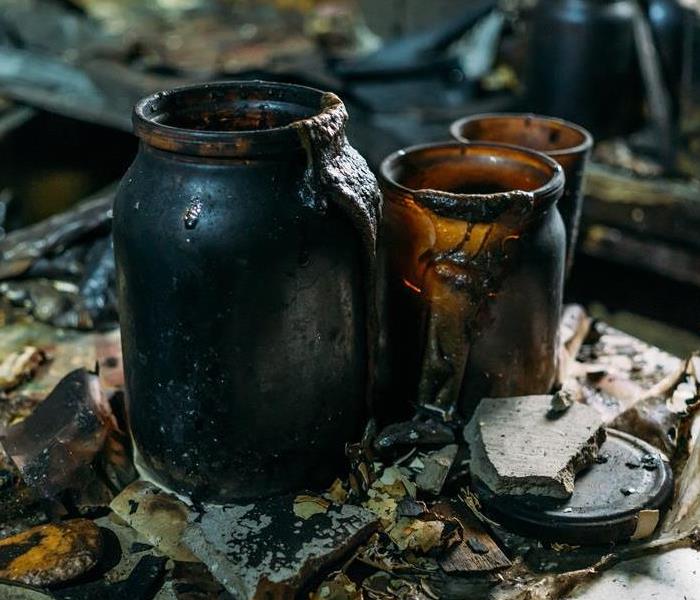How to Put Out a Grease Fire: Essential Steps to Ensure Your Safety
8/10/2023 (Permalink)
A grease fire can quickly escalate into a dangerous situation, posing a significant risk to life and property. It is crucial to know how to safely and effectively extinguish a grease fire to prevent it from spreading or causing further harm. In this blog post, we will guide you through the essential steps to put out a grease fire and ensure your safety.
Stay Calm and Act Quickly
The most important thing when dealing with a grease fire is to remain calm and act swiftly. Time is of the essence, and a fast response can help prevent the fire from intensifying. Avoid panicking or making impulsive decisions that could escalate the situation.
If it is safe to do so, immediately turn off the heat source. This could be a stovetop burner or an oven. Removing the heat will help stop the fire from spreading and minimize the fuel feeding the flames.
Smother the Flames
The next step is to smother the flames to restrict the oxygen supply. You can use a metal lid or a baking sheet to cover the burning pan. Make sure to use oven mitts or potholders to protect your hands while handling the lid. If it is safe, gently slide the lid over the pan, covering it entirely. Avoid lifting the lid to check if the fire is out; this can reignite the flames.
If you don't have a lid or it's not safe to use, you can try using baking soda or salt to extinguish the flames. Grab a generous amount of baking soda or salt and carefully sprinkle it onto the fire. These substances can help smother the fire by releasing carbon dioxide, which displaces oxygen. However, it is crucial to remember that water, flour, or other substances should never be used to extinguish a grease fire as they will only worsen the situation.
Use a Fire Extinguisher
If the grease fire continues to grow despite your efforts, it's time to utilize a fire extinguisher. Ensure that you have a Class B or multipurpose fire extinguisher suitable for grease fires. Remember the acronym "PASS" - Pull the pin, Aim at the base of the fire, Squeeze the handle, and Sweep the extinguisher side to side. Familiarize yourself with the instructions and proper usage of a fire extinguisher beforehand.
Water should never be used to extinguish a grease fire. Pouring water onto a grease fire can cause the burning oil to splatter, spreading the flames and increasing the risk of injury. Water can also cause an explosive reaction with hot oil, releasing steam and potentially causing severe burns.
Call for Emergency Assistance
If you are unable to extinguish the grease fire within a few seconds or if it continues to spread, do not hesitate to call emergency services. Inform them about the situation and provide your location. It is always better to have professional firefighters handle a fire to ensure that it does not escalate beyond control.
If the grease fire becomes uncontrollable, it is essential to prioritize your safety. If you are unable to extinguish the fire or if you are instructed to evacuate by emergency services, leave the area immediately. Alert others in the vicinity, close any doors behind you to contain the fire, and take the nearest and safest exit. Remember to stay low if there is smoke, cover your mouth with a cloth, and avoid inhaling toxic fumes.
Prevent future fires
Prevention is the key to avoiding grease fires altogether. Here are a few tips to help prevent future incidents:
- Never leave cooking unattended, especially when using hot oil or grease.
- Maintain a clean cooking area, removing any oil or grease spills promptly.
- Regularly inspect and clean cooking appliances, such as stovetops and ovens.
- Use caution when heating grease or oil, and never exceed the recommended temperature.
- Keep a fire extinguisher readily available in or near the kitchen, specifically designed for grease fires.
- Educate yourself and your family members on fire safety measures to ensure everyone knows how to respond in an emergency.
Remember, safety must always be the top priority when dealing with a grease fire. By following these essential steps and practicing preventative measures, you can effectively extinguish a grease fire and protect yourself, your loved ones, and your property. Stay calm, act quickly, and be prepared to handle these situations with confidence.






 24/7 Emergency Service
24/7 Emergency Service